Earth stands out as a truly exceptional planet in the vast expanse of the universe. Despite the billions of stars and planets, it is here that the intricate dance of conditions allowed life to flourish. What makes Earth so special? Why did life emerge here and not elsewhere—at least as far as we know? A unique combination of physical laws, chemical properties, and cosmic events joined forces to create an environment where living organisms could emerge, adapt, and thrive. As we explore these 15 crucial elements, we’ll uncover the secrets behind Earth’s extraordinary ability to support life.
1. The Presence of Liquid Water

Liquid water is the cornerstone of all known life on Earth. Its remarkable ability to act as a universal solvent enables the complex biochemical reactions essential for living organisms. Earth’s optimal distance from the Sun ensures temperatures that allow water to remain in its liquid state, unlike the harsh extremes on Mars or Venus. This vital ingredient not only supports cellular function but also helps transport nutrients and regulate temperature—making life possible. NASA: Water and Life on Earth
2. The Right Distance from the Sun (Habitable Zone)
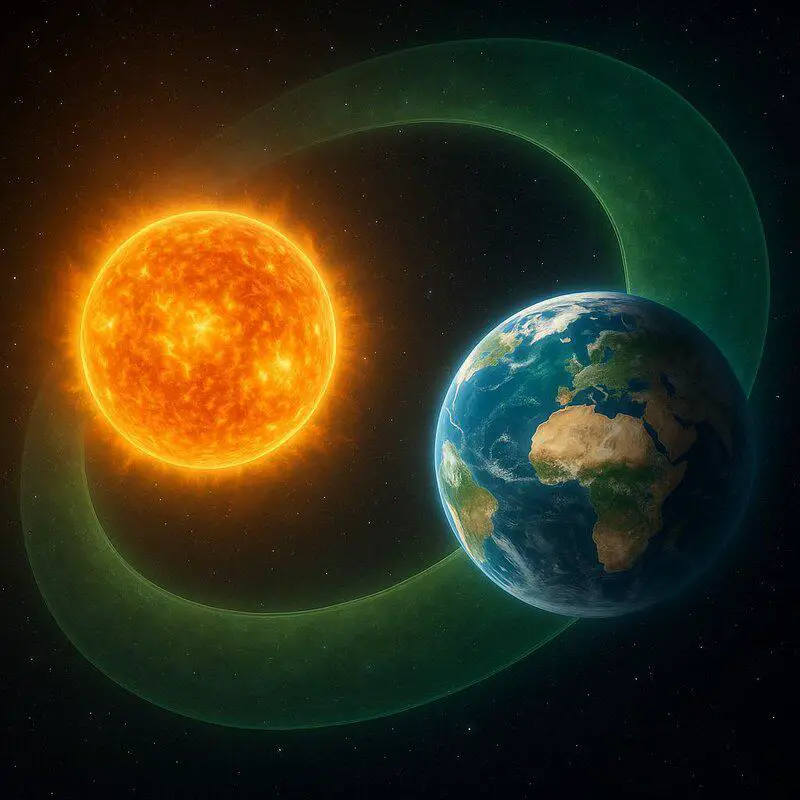
Earth’s placement within the Sun’s habitable zone is crucial. This “Goldilocks” region is not too hot and not too cold, allowing water to remain liquid on the surface. If Earth were much closer to the Sun, our oceans would boil away; farther, and they would freeze solid. Such a delicate balance is rare in the universe and forms the foundation for sustaining life. National Geographic: Goldilocks Zone
3. Protective Magnetic Field
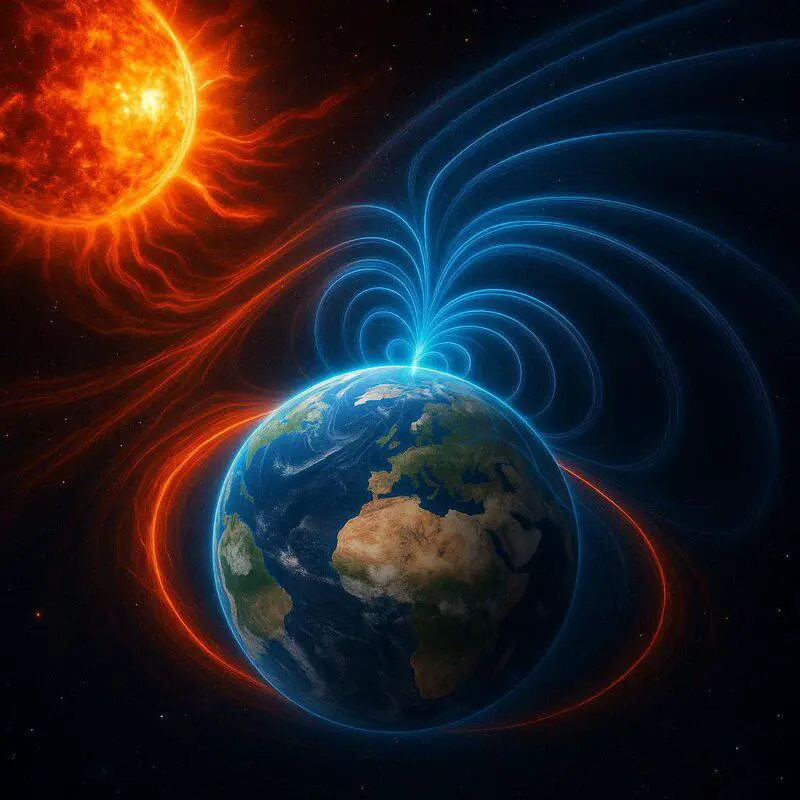
Earth’s magnetic field acts as a powerful shield, deflecting harmful solar and cosmic radiation away from the planet’s surface. This invisible barrier also prevents the solar wind from stripping away our atmosphere, a fate believed to have befallen Mars when its own magnetic field diminished. Without this crucial protection, life on Earth would face immense challenges from intense radiation. NASA: Earth’s Magnetosphere
4. Plate Tectonics
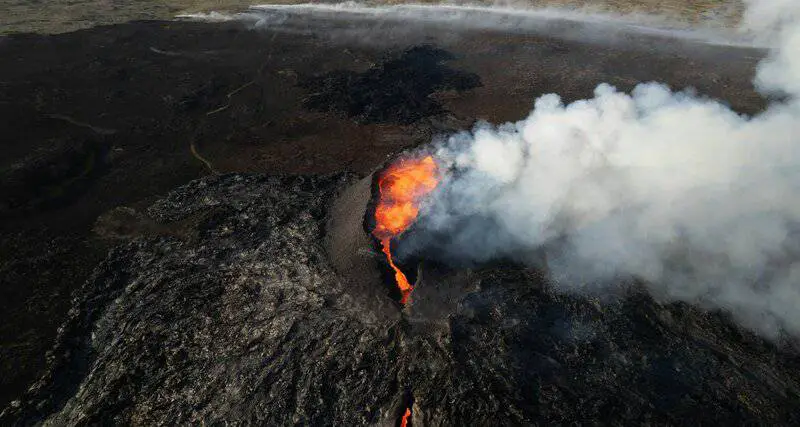
Earth’s plate tectonics play a vital role in maintaining a stable environment for life. The shifting of these massive plates recycles essential minerals and helps regulate the planet’s temperature through the carbon-silicate cycle. Volcanic activity, driven by this movement, releases gases and nutrients necessary for ecosystems. This dynamic geology sets Earth apart from other rocky planets, ensuring a continuous renewal of resources and long-term habitability. USGS: Plate Tectonics
5. Stable Climate

Earth’s atmosphere and vast oceans collaborate to create a stable climate, moderating global temperatures and shielding life from severe extremes. This delicate balance prevents the kind of drastic temperature swings that would make survival difficult for most organisms. Even dramatic events like ice ages are buffered by natural feedback mechanisms, allowing life to endure and adapt over millions of years. NOAA: Earth’s Climate System
6. Presence of Oxygen

Oxygen, produced through photosynthesis by early microbes, is essential for supporting complex, multicellular life. Over billions of years, oxygen gradually accumulated in Earth’s atmosphere, paving the way for the evolution of animals and larger organisms. This transformative shift, known as the Great Oxygenation Event, marked a turning point in Earth’s biological history. Smithsonian: The Great Oxygenation Event
7. The Ozone Layer

The ozone layer serves as Earth’s natural sunscreen by absorbing the Sun’s most harmful ultraviolet (UV) radiation. Without this protective shield, UV rays would cause severe DNA damage, making it nearly impossible for most life forms to survive on land. This invisible barrier has been instrumental in the flourishing of terrestrial life. EPA: Ozone Layer Protection
8. Essential Chemical Elements
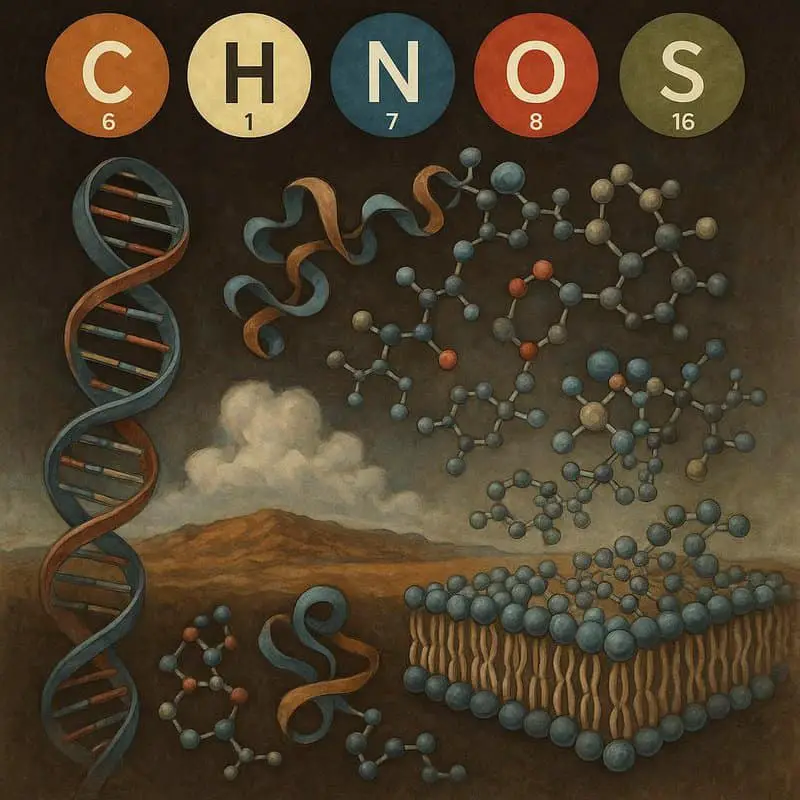
Life’s intricate chemistry relies on a special group of elements: carbon, hydrogen, nitrogen, oxygen, phosphorus, and sulfur—collectively known as CHNOPS. These elements are abundant in Earth’s crust and atmosphere, enabling the formation of complex molecules such as DNA, proteins, and cell membranes. Their unique properties make them indispensable for both the structure and function of living organisms. Royal Society of Chemistry: Elements of Life
9. Beneficial Moon

Earth’s unusually large moon plays a crucial role in maintaining the stability of the planet’s axial tilt, which helps regulate seasonal changes. The moon’s gravitational pull also generates tides, which promote the mixing of nutrients in the oceans and support diverse coastal ecosystems. Without this natural satellite, Earth’s climate and marine life would be far less stable. NASA: Earth’s Moon
10. Sunlight (Energy Source)

Sunlight is the primary energy source for nearly all life on Earth. It drives photosynthesis, allowing plants and algae to convert light into food and oxygen—forming the base of most food webs. The Sun’s consistent output of energy over billions of years has given life the stability required to evolve and diversify into the rich ecosystems we see today. NASA: Sun’s Energy
11. Rich Biodiversity
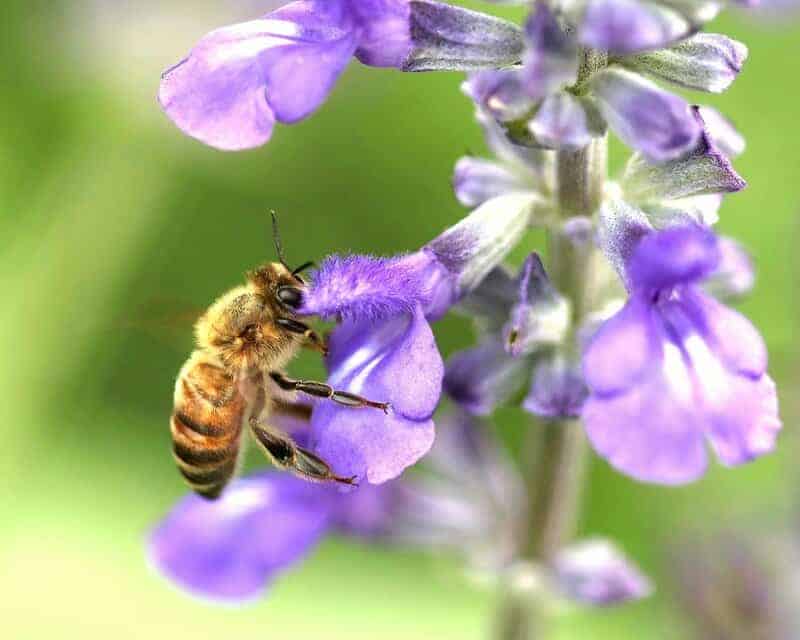
Earth’s remarkable biodiversity is key to its resilience and adaptability. A wide range of species and ecosystems creates complex food webs and mutual support systems, helping life withstand and adapt to changing environmental conditions. This richness is essential for maintaining ecological balance and ensuring the long-term survival of life on our planet. UN: Biodiversity Facts
12. Atmospheric Pressure

Earth’s atmospheric pressure is just right for supporting life as we know it. It allows liquid water to exist on the surface and enables animals to breathe efficiently. In contrast, planets like Mars (too low pressure) or Venus (too high pressure) cannot sustain similar forms of life due to their inhospitable atmospheric conditions. NASA: Earth’s Atmosphere
13. Availability of Nutrients

Continuous cycling of essential nutrients such as nitrogen and phosphorus is critical for the growth and reproduction of all living things. Earth’s geology, oceans, and atmosphere work together to recycle these elements, ensuring they remain available for plants, animals, and microbes. This efficient nutrient cycling sustains entire ecosystems and maintains the balance necessary for life. National Academies: Nutrient Cycles
14. Geological Time Stability

Earth’s geological stability has been crucial for the gradual evolution of life. While catastrophic events do occur, they are relatively rare over the planet’s immense history, allowing ecosystems time to recover and species to adapt. This long-term stability has provided the foundation for life to flourish and diversify. Scientific American: Earth’s Stability
15. Rare Cosmic Events

While cosmic events such as asteroid impacts and supernovae have played a significant role in adding essential elements and influencing evolution, their rarity has been crucial for life’s persistence. These events have sparked evolutionary leaps and provided vital ingredients for life, but long intervals between them ensure Earth enjoys extended periods of stability rather than constant upheaval. Smithsonian: Asteroid Impacts and Life
Conclusion

The emergence and persistence of life on Earth are the result of a remarkable interplay among physical, chemical, and cosmic factors. Each of these 15 crucial elements—from liquid water and a stable climate to rare cosmic events—has played a unique role in making our planet habitable. Their delicate balance and interconnectedness highlight just how rare and fragile Earth’s life-supporting environment truly is. Recognizing this extraordinary combination should inspire us to appreciate and protect our planet’s unique place in the universe.
.article-content-img img { width: 100% }



Vielleicht interessiert es Sie:
Wussten Sie! Minensuchratten auf dem Schlachtfeld und sie sind super effektiv!
Wie viele Giraffenarten gibt es? Leben sie alle in Afrika?
Der Vogel ist das Weibchen der Vögel: wahr oder falsch?
Warum bauen Biber Dämme? Welchen Nutzen?
Warum leben manche Tiere nachtaktiv? Welche Vorteile?
Küssen Tiere? Ist das die gleiche Bedeutung wie Menschen?
200+ Hilarious Seahorse Jokes That Will Make You Smile and Giggle
200+ Funny Investment Jokes to Boost Your Financial Humor Game